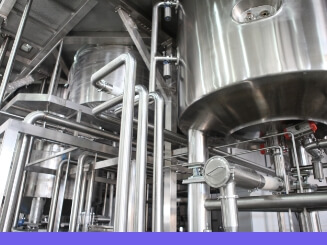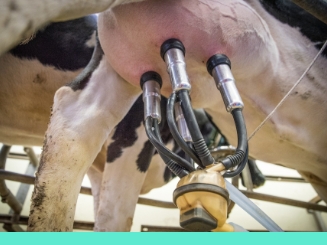Digitizing bioprocesses.in
We bring advanced pathogen detection in pocket-size instruments directly to the production site, enabling seamless process monitoring and control.
Today’s bio-analytical methods are confined to remote laboratories. Our sensor technology uses light-emitting µBeads as a messenger to provide in-line, real-time pathogen detection inside liquid products along the entire process chain. Our µBeads work in vitro and in situ and can be tailored to be highly target-specific.
Thus, we enhance food safety and help improve production processes.


Fields Of Application
A sensor right where quality matters the most.
Fermentation, Production
Real-time, inline pathogen detection and yeast health monitoring in production facilities for food or alcohol, e.g. Bio-Ethanol, results in an optimized process and leads to increased efficiency.
Agriculture & Food Processing
Real-time, inline pathogen detection in farm, food, and beverage production to reduce waste and increase quality.
Clean Water, Public Health
Pathogen detection for quality control of fresh water and disease control in waste water.

Healthcare
Diagnostics
in vivo or in vitro
coming soon…
FluIDect GmbH
If you have any questions, please contact us.
Address
Winzerlaer Str. 2, 07745 Jena, Germany
Call Us
+49 (0) 3641 / 55 41 380
Email Us
info@fluidect.com



